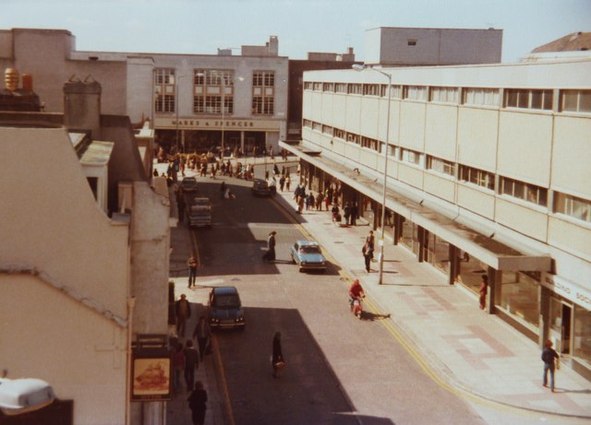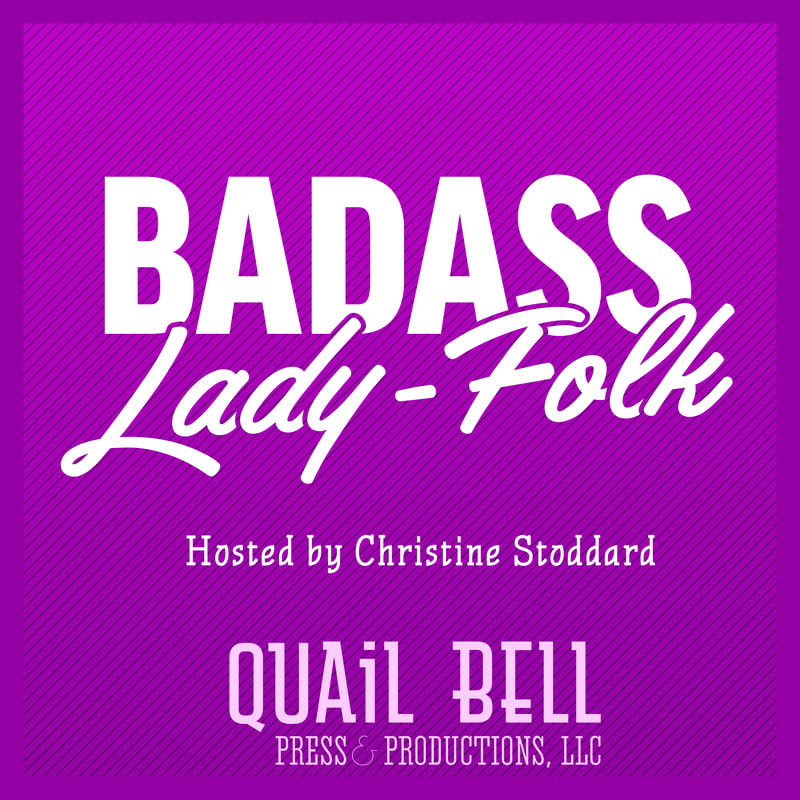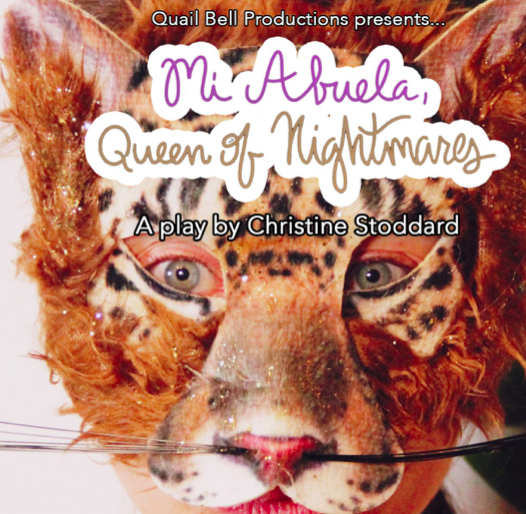|
The Breadcrumbs widget will appear here on the published site.
Where the Other Half Shops By Jody Rathgeb QuailBellMagazine.com During the holiday season, many made much of how you shop. Go to the mall or outlet, and you’re either boosting the national economy or selling out to the big boxes. Shop online and you’re either lauded for personal efficiency or chided for burning fossil fuels via FedEx and hurting the local merchant. Shop locally, and they roll their eyes at how stupid you are to pay premium prices for the same thing you can pick up cheaply at Walmart. What the critics and shoppers alike miss is Option D: none of the above, the alternative economy. It’s been there all along, but you might not have seen it unless you’ve avoided an interstate tie-up by taking a less-used slow route to your destination. Or if you’ve taken a wrong turn and ended up in a neighborhood you would usually avoid. There, at the intersection of Where’m I and Which Way, is the used tire store, a dusty thrift shop, a heavily grilled bodega, and a place to buy day-old bread, where a good chunk of America goes shopping. I grew up without knowing this spot exists. Although my earliest shopping memories recall small-town department stores, I came of age in the doughnut of malls and strip centers as Greensburg, Pennsylvania was reborn as suburbia. Nearby, Monroeville Mall was replacing Pittsburgh’s grand old stores. Other places I lived were following the inevitable march from cities and towns to the suburbs, and the concept of shopping was linked with driving and big parking lots. When my husband and I moved to Chester, Virginia, downtown Richmond was “over” as a shopping destination and I learned to navigate toward Chesterfield Towne Center, Regency Square, and Southpark Mall. But there was also Jeff Davis Highway. I quickly discerned that my trick of avoiding the craziness of I-95 on my way to the city was not only an alternative route but also an alternative economy. “Do people really shop this way?” I wondered. Oddly enough, it took a glitzy tourist destination to answer the question. The Turks and Caicos Islands market their turquoise waters to people far richer than those who need the bargain of semi-stale bread, yet the islands are populated with many who can’t afford the high-end pastries offered to the tourists. When I moved to North Caicos Island to live there full-time, I became one of those non-tourists. Shopping trips meant going to Providenciales, the center of tourism, and digging out the bargains at tiny Dominican-owned shops on the way to Five Cays settlement, no-name stores on Airport Road and the spot behind a tourist strip that sold goods à la Costco (and which we called by that name). Like the locals, I spent my U.S. visits loading up on basics that were too expensive on the islands: underwear, toiletries, plastics, aspirin and Band-Aids. When I shifted my domicile to a back-and-forth between the islands and Richmond, I didn’t let go of the alternative economy. It helped that my new residence is within one of them; non-car shopping around my Shockoe Bottom apartment involves thrift shops, corner groceries and dollar stores. Sure, I can use the car and get to a shopping center lickety-split. I can drive to a Whole Foods across town. Once there, though, I am still aware of what I can buy that many of my neighbors can’t. Perspective is a good thing. I like to think that my shopping has changed because of my closer association with the alternative economy. I like to think that. #Real #ShoppingCenters #ShoppingTrips #ShoppingDestinations #RVA #Suburbia #Chesterfield #RegencySquare #Southpark Visit our shop and subscribe. Sponsor us. Submit and become a contributor. Like us on Facebook and follow us on Twitter. Comments
Interesting article Jody!
1/8/2015 01:30:45 am
Comments are closed.
|
|










